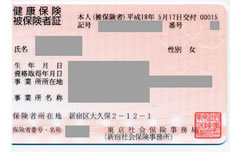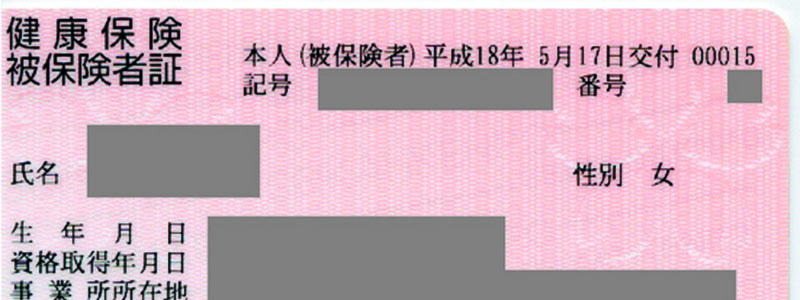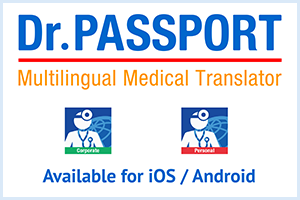Japanese Health Insurance

There are two main kinds of public health insurance in Japan – Social/Employee’s Health Insurance and National Health Insurance. Social/Employees' Health Insurance is provided to most full-time employees through their work. National Health Insurance is provided through municipal offices. By law, all residents of Japan (including foreign nationals with a residence card) must be enrolled in a public health insurance program. Those over the age of 40 are also required to pay Long-term Care Insurance.
Social/Employees’ Health Insurance
Shakai Kenko Hoken (社会健康保険, Social/Employees' Health Insurance) is a workplace-based health insurance system for company employees and their dependents. Premiums are based on your income (around the 10% mark), and will be shouldered equally by the employer and employee. The employee’s portion is automatically deducted from their salary each month. The number of dependents an insured person has does not affect their premiums. However, if a dependent’s annual income exceeds ¥1,300,000 they will be required to get their own insurance.
National Health Insurance
Kokumin Kenko Hoken (国民健康保険, National Health Insurance) is run by local municipal offices and designed for self-employed persons, students, and others who do not have Employees’ Health Insurance. Foreigners who will be resident in Japan for more than three months and are not covered by Employees’ Health Insurance must register for National Health Insurance. The municipal office will often ask if you wish to apply for health insurance when you register your address. Monthly contributions will differ based on where you live, your income, and number of dependents. You can check details at your local municipal office.
Paying for treatment
Paying for treatment
In Japan, medical expenses must be paid on completion of treatment. Japanese Health Insurance generally covers 70% (90% for over-75s) of the cost of diagnostic and treatment procedures and is accepted at most clinics and hospitals. The remaining 30% can be paid in cash. Patients without Japanese insurance should confirm their payment method before treatment, and pay by cash or credit card (if accepted) on completion of treatment. For treatments that fall inside the bounds of public health insurance, the cost of treatment should not differ, regardless of which clinic you go to. A consultation fee will always be charged when you see a doctor, even if no treatment was undergone. This fee will be higher for a first consultation (around ¥850) than subsequent appointments (around ¥240).
Some services such as health check-ups, Ningen-dock (人間ドック, comprehensive medical examinations), dental check-ups and special operations such as implants may not be covered by insurance, so it is always advisable to inquire first.
If your medical expenses exceed a certain amount in a given month, (so-called kōgaku ryōyōhi (高額療養費, high-cost medical expenses) the amount above the limit will be reimbursed to you.
Private and Foreign Insurance
Private insurance plans are available that will reimburse the portion of fees not covered by public insurance. If you do not have Japanese Health Insurance or the facility does not accept it, your medical expenses must be paid in full on completion of treatment. Japanese Insurance is often not accepted by clinics specifically serving foreign residents. Foreign and International insurance schemes may allow you to receive reimbursement for medical expenses incurred in Japan. You should check with your provider to see which services are covered. The medical facility will be able to provide you with the necessary forms needed to claim expenses from your insurance company.


